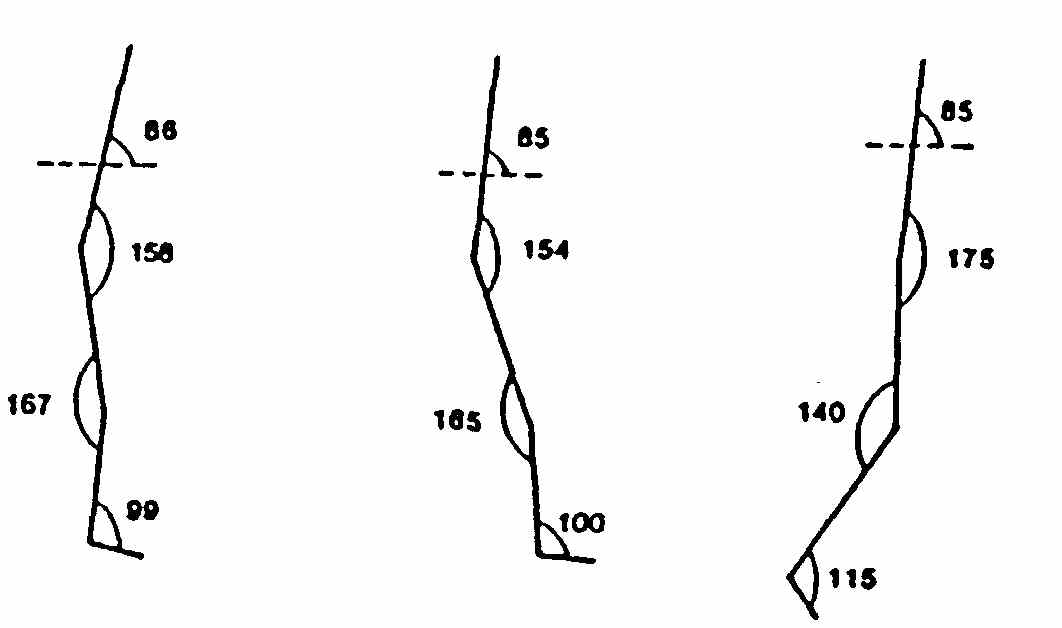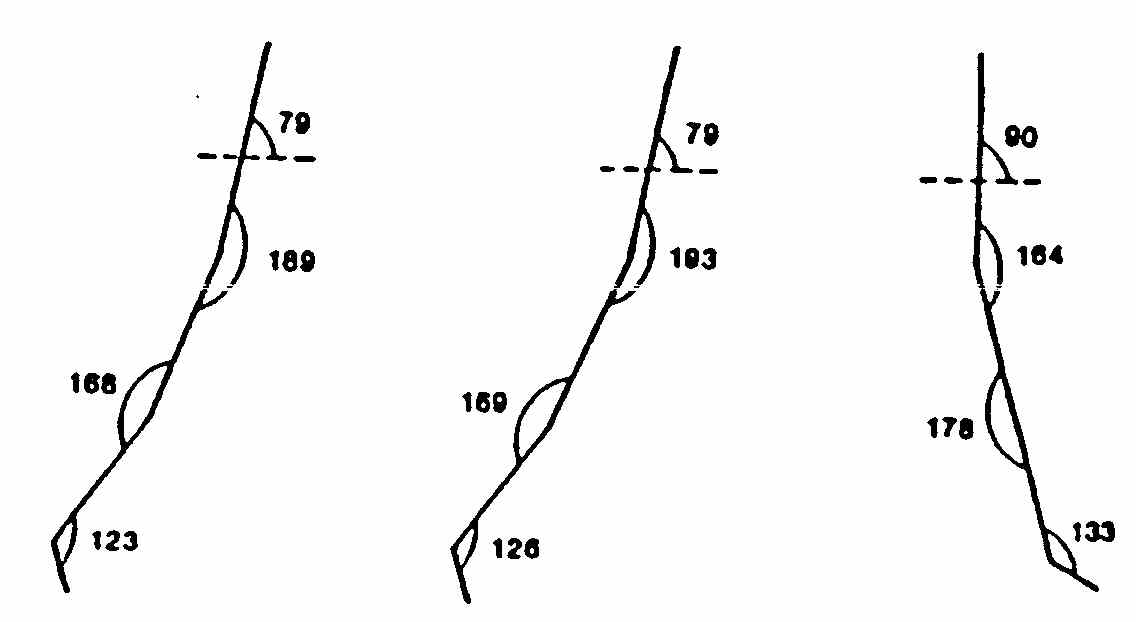Drawkcab Gninnur: Stifeneb
(Backward Running: Benefits)
Barry T. Bates, Ph.D.
Backward running has been the focus of several investigations in our laboratory. In the Biomechanics/Sports Medicine Laboratory at the University of Oregon over the past twenty-five years, we have examined lower extremity function and injury mechanisms, and have developed a broad knowledge base relative to both forward and backward running. To this end, we can speak confidently to differences and similarities between the two forms of locomotion and can furthermore identify potential training and rehabilitation benefits that can be achieved by incorporating backward running into a total fitness program.
Our investigations have suggested that runners perceive equal efforts during backward running at speeds of about 80% or so of forward running. This is due predominantly to the evolution of our musculo-skeletal structure. We have also ascertained specific kinematic and kinetic differences between forward and backward running. Lower extremity position differences between running at slow and fast speeds versus backward running are illustrated in Figure 1 at touchdown (top) and takeoff (bottom). Figure two compares lower extremity joint and trunk position throughout the support phase. Although kinematically similar positions result between forward touchdown and backward takeoff (and vice versa) the demands on the system do not result in one merely being the reverse of the other. When comparing these measured differences among modes of locomotion, backward running results in:
- A more erect posture during performance
- Reduced range of motion at the hip joint with greater flexion and lesser extension
- Increased active / functional range of motion at the knee joint
- A combination of maximum knee extension with hip flexion
- Elimination of eccentric knee joint flexion, i.e., the knee joint exhibits greater flexion at
touchdown followed by a nearly isometric / fixed position during initial stance
- Toe-heel foot contact patterning
- Modification of lower extremity muscular activity
Figure 1.
Comparative Lower Extremity Positions During Slow Forward, Fast Forward, and
Backward Running
at Touchdown (top) and Takeoff (bottom).


Figure 2.
Comparison of Lower Extremity Joint and Trunk Position for a Selected Subject
During the Support Phase (Fast Forward vs Backward Running).

Given these performance differences and other observations, we can identify potential benefits from backward locomotion. From a training perspective, benefits of backward running may include:
-
Facilitation of balance and proprioception
- Improvement of muscle balance (agonist / antagonist relationships)
- Development of a stronger foundation upon which to improve performance (due to
improved muscle balance
- Facilitation of neuro-muscular function
- Assistance in prevention of injuries
Another area of potential benefit from backward running is in the area of injury rehabilitation. Through our understanding of functional differences between these modes of locomotion, we can speculate as to the benefits of retro-running. Rehabilitation benefits can include:
- Back rehabilitation (due to differences in trunk posture)
- Recovery and strengthening from hip joint injuries
- Recovery from groin injuries
- Recovery from hamstring injuries
- Knee joint surgical rehabilitation
- Alleviation of shin splint syndrome
- Recovery from Achilles' tendon injuries
- Recovery from ankle sprain injuries
Such benefits can be realized from backward running as a result of the previously identified differences between forward and backward running. While incorporating backward running into the training / activity program, cardiovascular health can be maintained (or perhaps enhanced) while reducing the stress upon specific anatomical structures.
In summary, our research has lead us to identify several benefits of backward running from a biomechanical perspective. The benefits outlined here do no begin to touch upon additional social and psychological benefits examined on other pages of this website. Therefore, it can be beneficial for you to "go backward" during your training and physical activity sessions.
References
Arata, A.W. Kinematic and kinetic evaluation of high speed backward running. Unpublished doctoral dissertation, University of Oregon, 1999.
Bates, B.T. and McCaw, S.T. A comparison between forward and backward locomotion. Human Locomotion IV, Proceedings of the Biennial Conference of the Canadian Society for Biomechanics, CSB, Montreal, Quebec, Canada, 1986: 307-308.
Bates, B.T., Morrison, E. and Hamill, J. Differences between forward and backward running. Proceedings: The 1984 Olympic Scientific Congress, M. Adrian and H. Deutsch (Eds.). Eugene, Oregon: University of Oregon Microform Publications, 1986: 127-135.
Sveistrup, H. and Bates, B.T. Have you considered going backwards? Zemper, E., Steigleman, G. and James, S. (Eds.). Sport Science Symposium: Proceedings from the VIIIth World Veterans' Championships, 1991: 23-28, Eugene, Oregon: University of Oregon Printing Services.
Thorstensson, A. How is the normal locomotor program modified to produce backward walking? Experimental Brain Research, 1986: 61(3): 664-668.
Link selections:
or